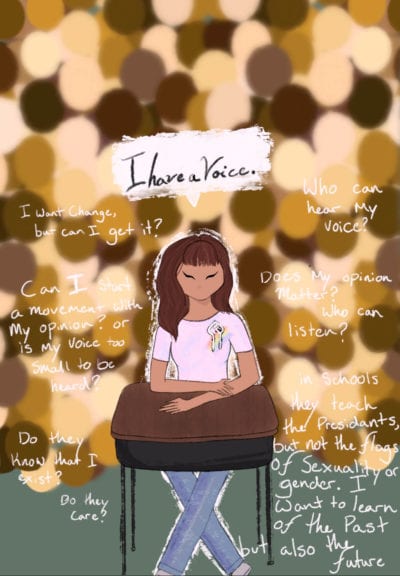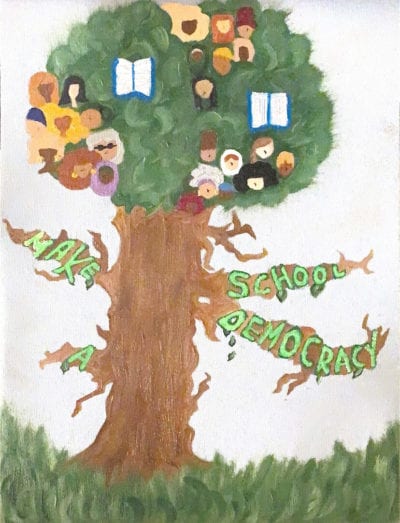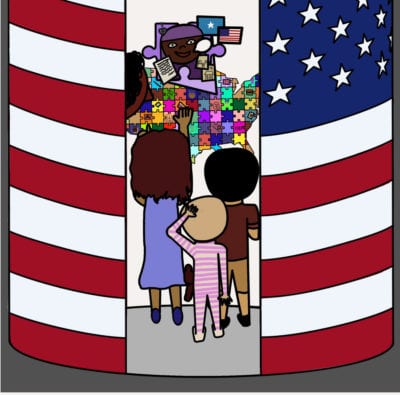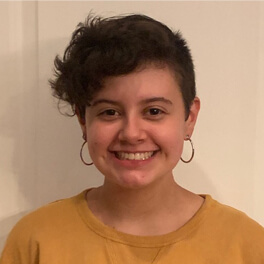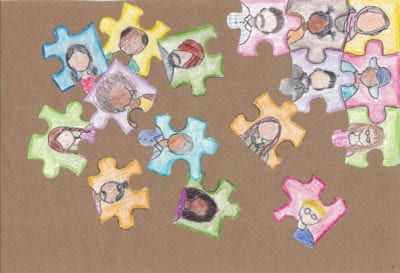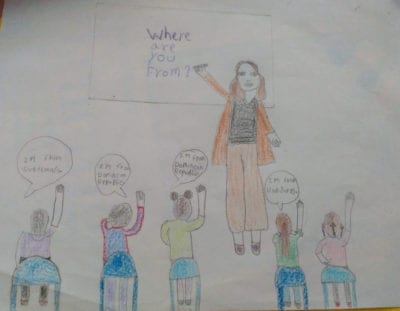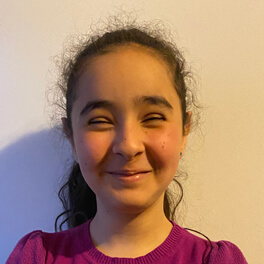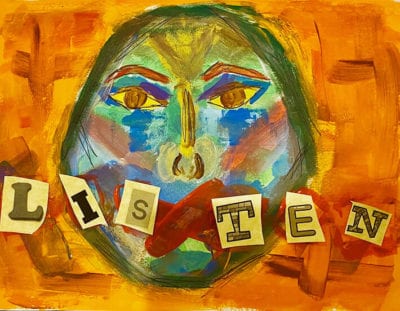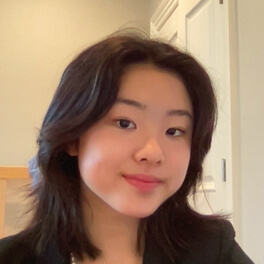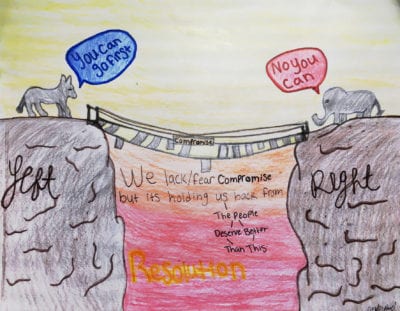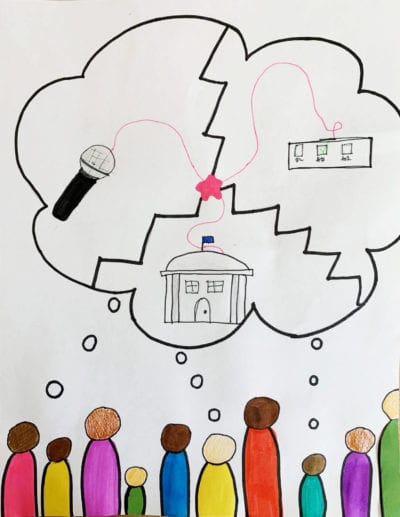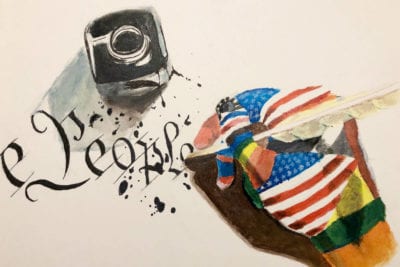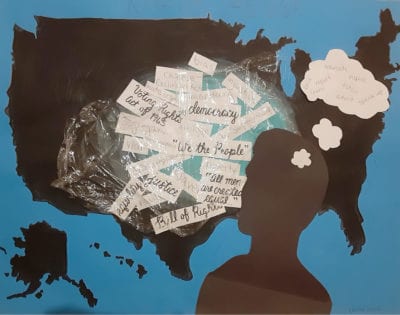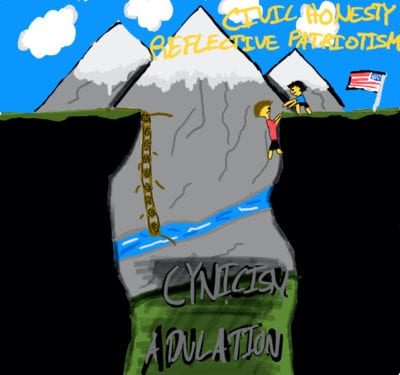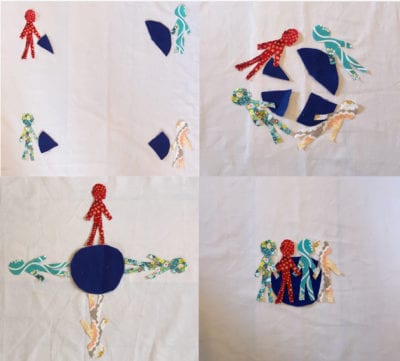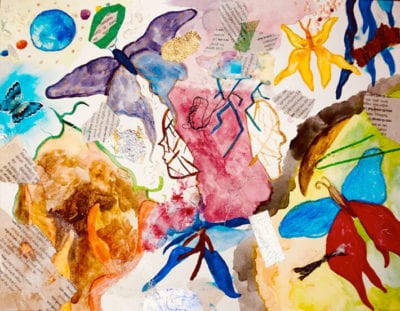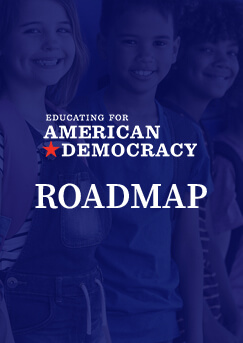Their critical-thinking, collaboration, and creativity in this work is often astounding and uplifting. It should be captured and illustrated for the others to see and reflect upon. That is why we created the Educating for American Democracy K-12 Student Design Challenge Contest. We asked young artists across the country to create original artwork to represent their interpretation of one Design Challenge.
K-12 Student Design Challenge Awards
Some of the best ideas our students generate come from the creativity and innovation that is spurred when they are tasked with finding solutions to real problems or complex questions.
Explore the inspiring and thought-provoking artwork, organized by Design Challenge, below.
The design challenges and EAD framework are flexible and offer room for inquiry, a diversity of viewpoints, debate, tension, complexity, nuance, and disagreement. The artwork below is the students’ own interpretation of the design challenges, but they are not representative of the only way to interpret the design challenges. The artwork and thoughts are the student’s own and do not represent the views of EAD, EAD leadership, or EAD affiliates.

